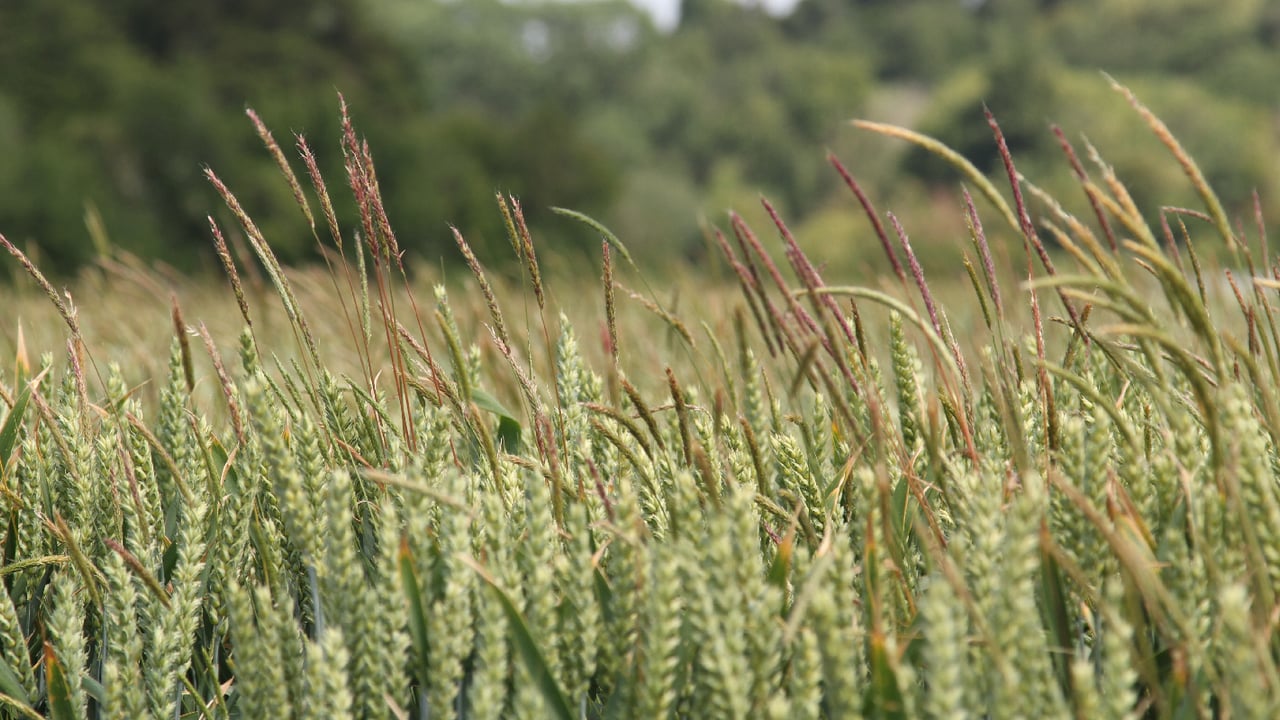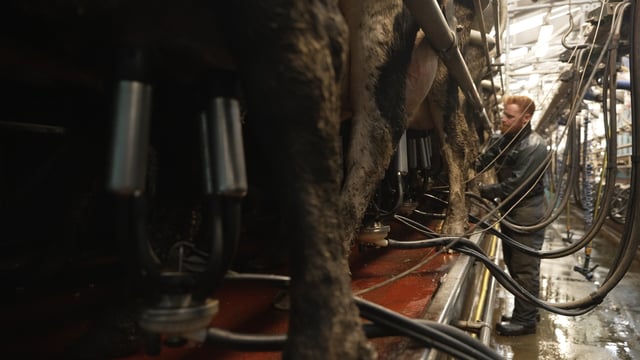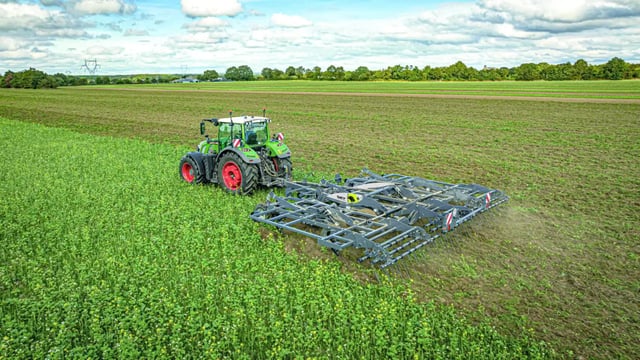Tillage: The time to identify problem weeds is now
Teagasc is strongly advising all cereal growers to walk crops now in order to identify problem weeds and plan future control options.
Doing this now, before the harvest, and taking some notes or indeed action, could save growers money in the long-run.
This has been an important spring in terms of grass weed development in Ireland, with the positive identification of a sample of Italian ryegrass that has triple-stacked resistance.
This means that it is resistant to glyphosate, ALS ,and ACCase. In other words, Italian ryegrass has the potential to become the dominant grass weed in tillage systems. As a result, it needs to be carefully monitored.
The other significant development is the listing of blackgrass as a noxious weed, joining ragwort and other weeds.
While this will not cure the problem itself, it does mean it is now an offence under the 1936 Noxious Weeds Act for owners and occupiers of land not to prevent the spread of specified weeds.
As a consequence, the Department of Agriculture, Food and the Marine has powers to issue ‘Notice to Destroy’ letters in all instances where it becomes aware of the presence of noxious weeds, either from inspections or as a result of reports made by the public.
While this might seem extreme, controlling the problem early is beneficial.
A recent case study on a farm with a blackgrass challenge estimated that eradicating the problem after it had become a significant problem cost almost €1,900/ha over four years.
This figure takes account of crop losses; the use of fallow, stale seed beds; and associated machinery costs.
However, it does not include the cost of putting measures in place to prevent the spread of the weed to other fields or farms.
These figures confirm the importance of growers walking crops now and identifying any problems early.
This approach allows the putting-in-place of effective control measures, thereby saving a lot of money in the long run.
Beans
Bean crops are flowering at this stage. Issues linked to Chocolate Spot have been few and far between up to this point: there have a number of isolated reports, according to Teagasc.
Black bean aphid has also been reported in a few crops but, as of yet, it does not seem to warrant control (5% of crops infected).
Disease control time is against most crops now, as they are generally too tall for normal machinery to drive through without doing any damage.
For those growers with high ground clearance sprayers, you can still apply Elatus Era 0.66l/ha or Signum 0.5-0.75 kg/ha.










